As we welcome exotic birds into our homes as cherished companions, understanding and preventing common avian diseases becomes an essential part of responsible pet ownership. Exotic birds, with their vibrant plumage and charismatic personalities, require specialized care to maintain optimal health. Unlike more traditional pets, these feathered friends can be susceptible to unique health challenges that many owners may not initially recognize. This comprehensive guide explores the most prevalent diseases affecting exotic birds and provides practical prevention strategies to ensure your avian companion lives a long, healthy, and happy life.
Psittacosis (Parrot Fever)
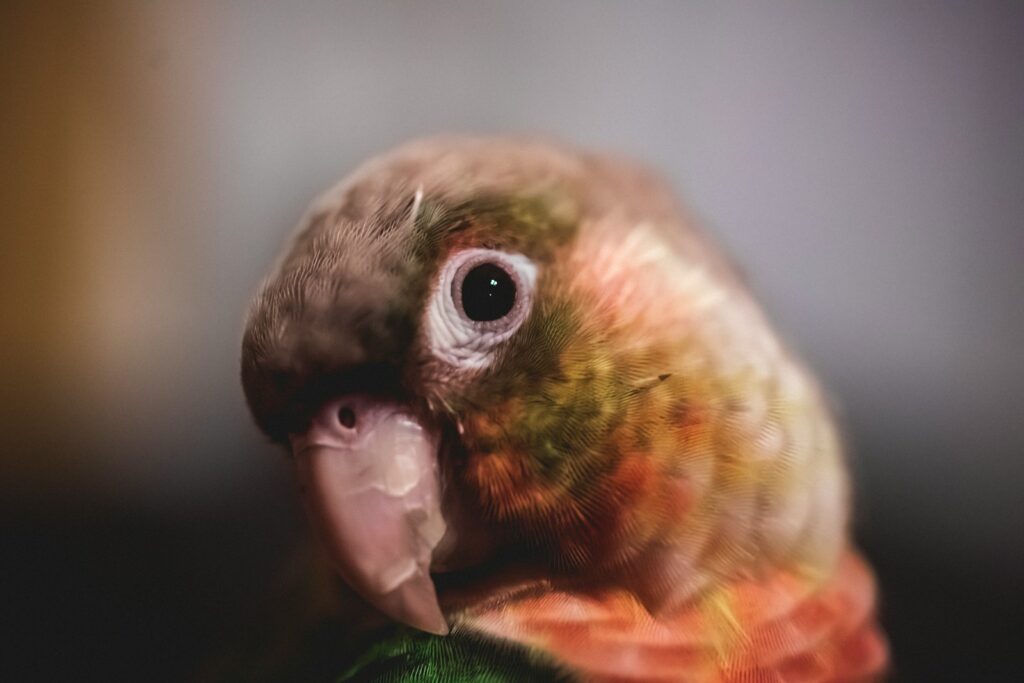
Psittacosis, commonly known as Parrot Fever, is a bacterial infection caused by Chlamydia psittaci that affects birds across the parrot family and can be transmitted to humans, making it a significant zoonotic concern. The disease manifests in birds through respiratory distress, lethargy, discolored droppings, and in severe cases, can lead to liver damage or even death if left untreated. Prevention begins with quarantining new birds for at least 30 days before introducing them to existing pets, as many birds can be asymptomatic carriers despite being infected. Maintaining excellent aviary hygiene by regularly disinfecting cages, perches, and feeding stations helps reduce bacterial loads in the environment. Regular veterinary screenings, including annual blood tests, can detect the presence of Chlamydia psittaci before clinical signs appear, allowing for early intervention.
Avian Polyomavirus

Avian Polyomavirus (APV) primarily affects young parrots, particularly budgerigars, lovebirds, and macaws, often with devastating consequences for nurseries and breeding facilities. This viral infection targets rapidly dividing cells, causing developmental abnormalities like stunted growth, feather dystrophy, and, in acute cases, sudden death without prior symptoms. The virus spreads through direct contact with infected birds or contaminated materials, making strict biosecurity measures essential in multi-bird households. Vaccination is available for certain species and should be considered for breeding birds to provide maternal immunity to offspring during their most vulnerable period. Since the virus is extremely hardy and can survive for months in the environment, thorough disinfection protocols using specific virucidal products are necessary when cases are identified, and all potential fomites, including toys, perches, and feeding equipment, should be replaced or rigorously sanitized.
Proventricular Dilatation Disease (PDD)
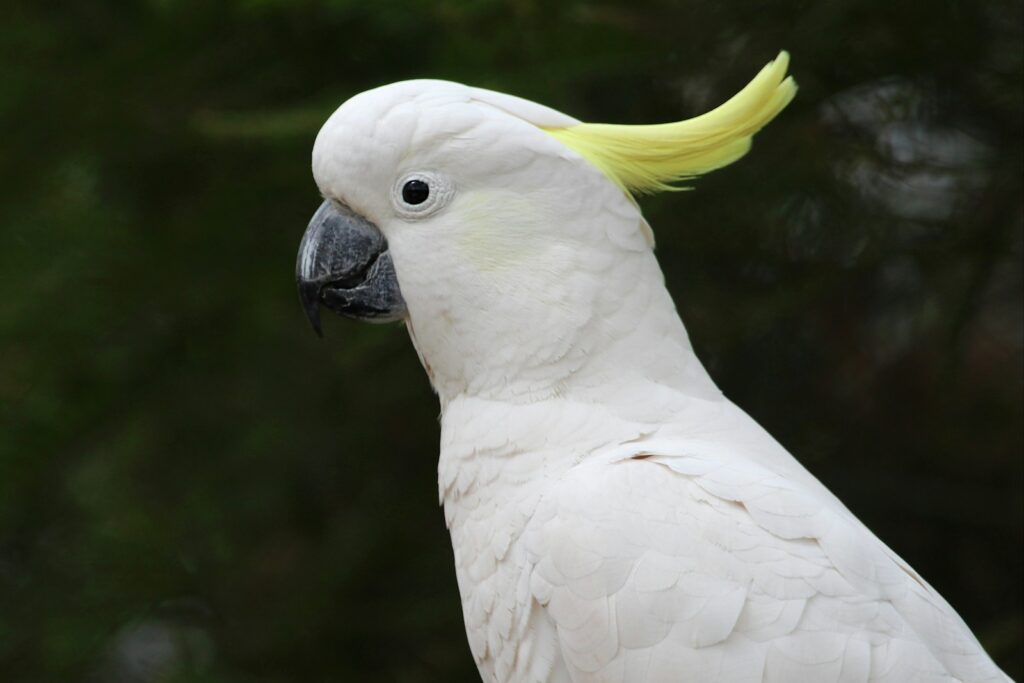
Proventricular Dilatation Disease, once known as Macaw Wasting Disease, is caused by Avian Bornavirus and affects the nerves controlling the digestive tract, leading to a bird’s inability to properly digest food. Affected birds typically present with weight loss despite normal or increased appetite, regurgitation of undigested food, and passed seeds that appear intact in droppings. The disease progresses gradually, potentially causing neurological symptoms such as ataxia, tremors, or seizures in advanced stages. Diagnostic procedures include crop radiography, barium studies, or tissue biopsies, though definitive diagnosis often remains challenging. While there is no cure for PDD, supportive care focused on providing easily digestible nutrition and anti-inflammatory medications can help manage symptoms and slow progression. Prevention relies primarily on quarantine practices and testing new birds before introduction, as the virus can be shed intermittently even by apparently healthy carriers.
Aspergillosis
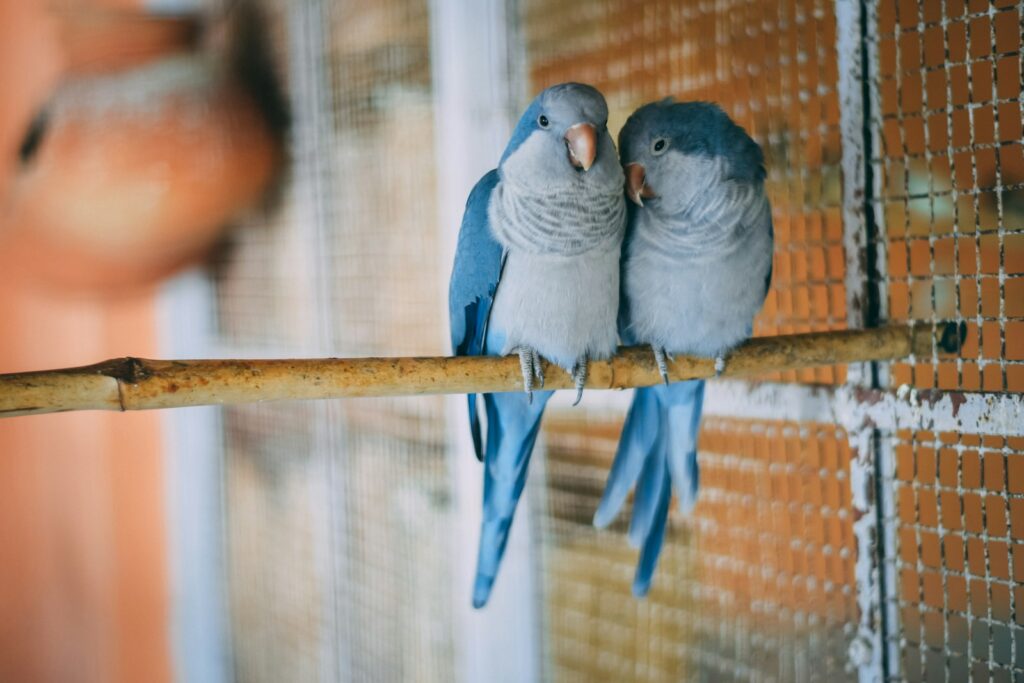
Aspergillosis is a fungal infection caused by Aspergillus species, particularly Aspergillus fumigatus, which commonly affects the respiratory system of exotic birds. This opportunistic infection typically develops when birds with compromised immune systems inhale fungal spores present in contaminated bedding, food, or poorly ventilated environments. Symptoms include labored breathing, voice changes, lethargy, and in chronic cases, weight loss despite normal appetite. Prevention centers around environmental management: maintaining optimal humidity levels (generally 40-60%), ensuring proper ventilation in bird rooms, regularly changing cage liners, and promptly removing moist foods that could harbor fungal growth. Particularly vulnerable birds include African grey parrots, Amazon parrots, and many waterfowl species, which may benefit from preventative measures like periodic nebulization with antifungal agents if they have a history of respiratory compromise. Early detection and aggressive antifungal therapy provide the best prognosis, as established infections can be extremely difficult to eradicate once they penetrate deep into avian air sacs or lungs.
Avian Tuberculosis
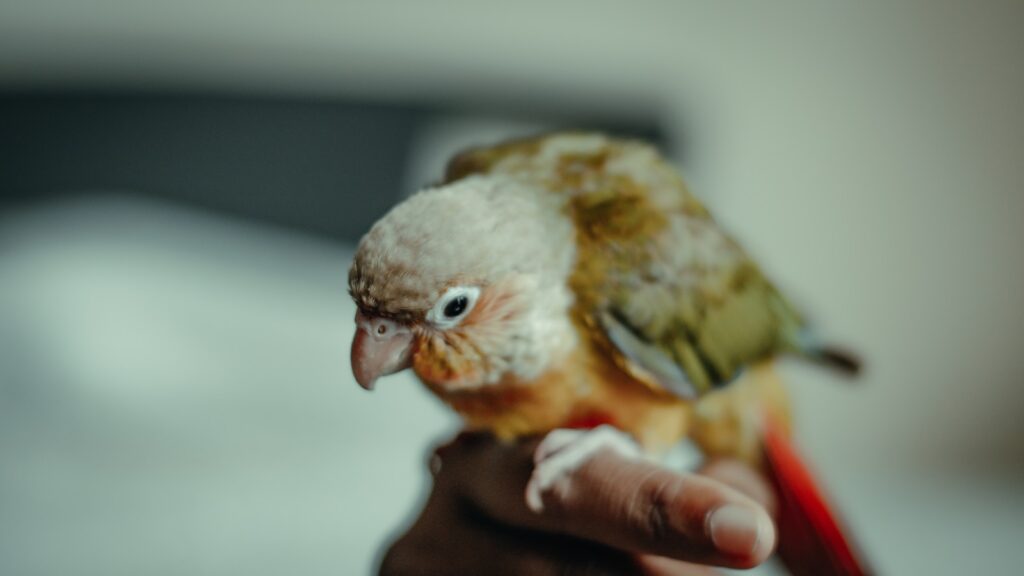
Avian tuberculosis, caused by Mycobacterium avium, presents a significant challenge for bird owners due to its chronic, progressive nature and difficulty in treatment. This bacterial infection primarily affects the digestive tract, creating granulomatous lesions in the liver, spleen, and intestines, though it can spread throughout the body in advanced cases. Birds may remain asymptomatic carriers for years before showing clinical signs, which typically include chronic weight loss, diarrhea, polyuria, and eventually, severe emaciation despite normal appetite. Prevention focuses on maintaining impeccable aviary hygiene, including thorough daily cleaning and periodic deep disinfection of all surfaces, as the mycobacteria can survive for extended periods in the environment. The infection poses zoonotic potential, particularly for immunocompromised individuals, necessitating careful hygiene practices when handling birds or cleaning their habitats. Because effective treatment options are limited and often unsuccessful, prevention through regular health screening, proper quarantine procedures, and avoiding overcrowded conditions remains the most effective management approach.
Psittacine Beak and Feather Disease (PBFD)
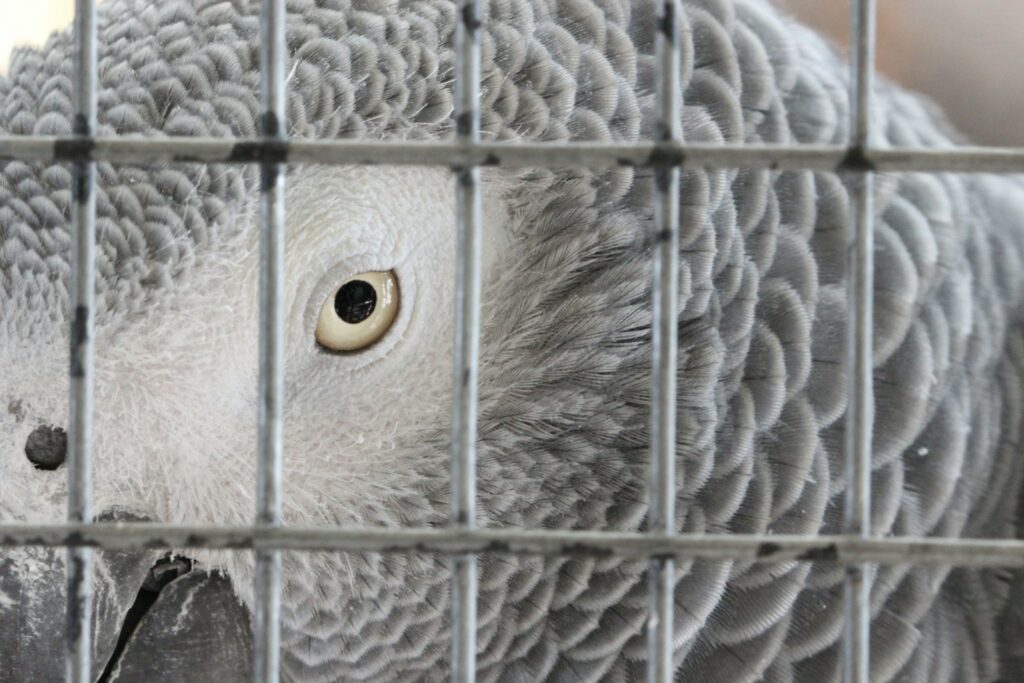
Psittacine Beak and Feather Disease is a highly contagious viral condition caused by a circovirus that primarily affects parrot species, with cockatoos, cockatiels, and African grey parrots being particularly susceptible. The disease attacks rapidly growing cells, including those in feather follicles and the beak’s germinal layer, resulting in characteristic symmetrical feather loss, malformed replacement feathers, and eventually, beak deformities that can severely impair feeding ability. Young birds typically develop acute, often fatal infections, while older birds may experience chronic, progressive disease over months or years. The virus spreads through direct contact with infected birds and contaminated feather dust, which can remain infectious in the environment for extended periods. Prevention relies on PCR testing of new birds before introduction to a collection, maintaining closed aviaries with minimal outside bird contact, and implementing strict quarantine protocols for any birds showing suspicious symptoms. Currently, no effective treatment exists, making prevention through testing and biosecurity practices the only viable management strategy.
Avian Gastric Yeast (AGY/Macrorhabdus ornithogaster)
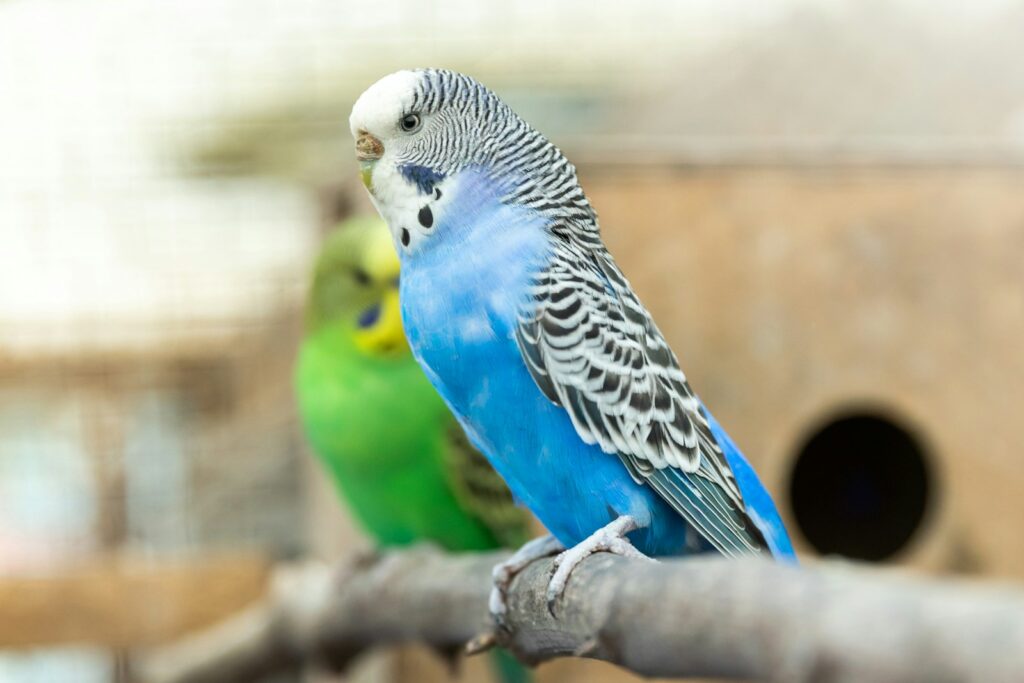
Avian Gastric Yeast, commonly called “megabacteria” despite being a fungal organism, affects the proventriculus (stomach) of birds and can cause chronic digestive issues, particularly in budgerigars, canaries, and finches. Infected birds typically present with regurgitation, weight loss despite normal or increased appetite, undigested seeds in droppings, and in advanced cases, dark, tarry stool indicating gastrointestinal bleeding. The condition often emerges during periods of stress or immunosuppression, making proper husbandry and stress reduction important preventative measures. Regular microscopic examination of fresh droppings can aid in early detection, allowing for prompt treatment with antifungal medications like amphotericin B or nystatin. Prevention strategies include maintaining optimal nutrition with appropriate probiotic supplementation to support healthy gastrointestinal flora, minimizing environmental stressors, and implementing rigorous quarantine protocols for new birds, as many can be asymptomatic carriers capable of infecting more susceptible individuals in a collection.
Nutritional Diseases
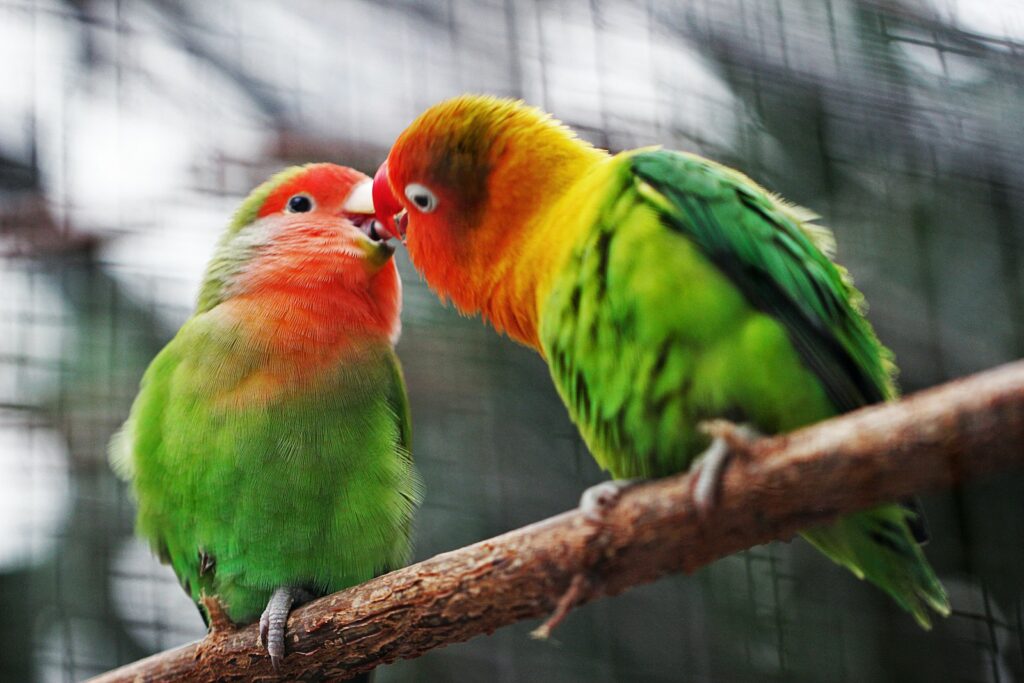
Nutritional disorders represent some of the most common yet preventable health issues affecting exotic birds in captivity, with hypovitaminosis A (vitamin A deficiency) being particularly prevalent in seed-based diets. This deficiency leads to squamous metaplasia, where mucous-producing cells are replaced by keratinized epithelium, compromising respiratory and digestive tract function and creating vulnerability to secondary infections. Calcium deficiency frequently manifests as egg-binding in breeding females, pathological fractures, or seizures, while protein malnutrition can cause poor feather quality, delayed molting, and compromised immune function. Prevention centers around providing balanced nutrition through high-quality, species-appropriate pelleted diets supplemented with fresh vegetables, fruits, and limited healthy seeds or nuts. Many exotic birds, particularly those with specialized natural diets like lorikeets or toucans, require tailored nutritional approaches beyond standard parrot formulations. Regular body condition assessment and weighing can help detect nutritional problems before they become severe, allowing for dietary adjustments under veterinary guidance.
Giardiasis
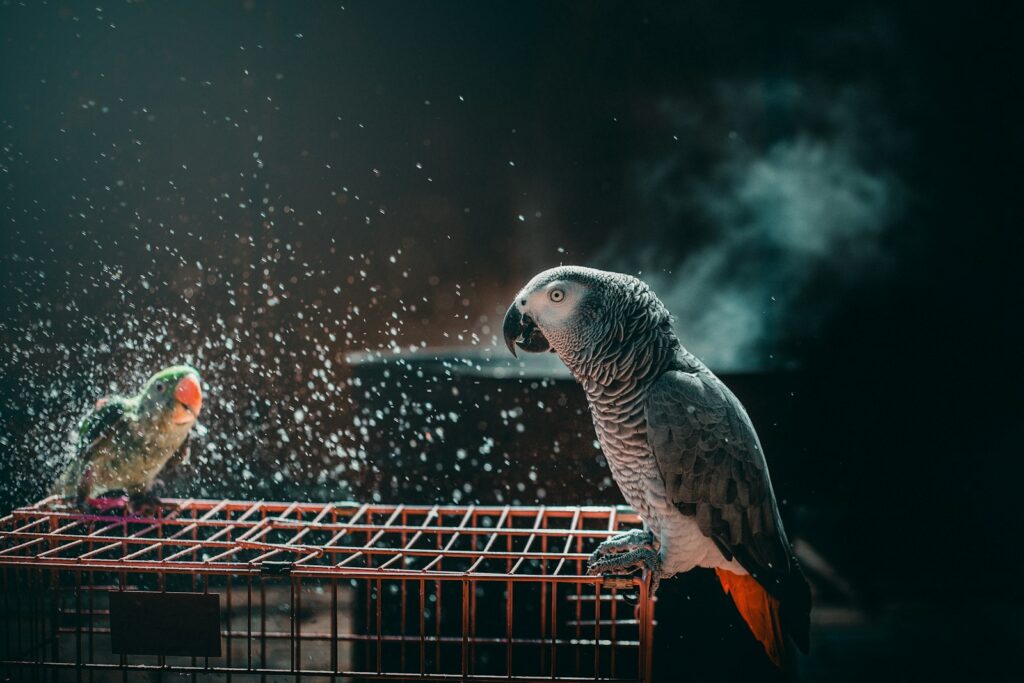
Giardiasis is a common protozoal infection caused by Giardia psittaci that primarily affects the digestive tract of exotic birds, particularly budgerigars, cockatiels, and lovebirds. Infected birds may exhibit chronic, intermittent diarrhea with malodorous, bulky droppings, gradual weight loss, and, in severe cases, regurgitation and lethargy, though many birds remain asymptomatic carriers while still shedding the organism. The protozoa spread through fecal-oral transmission, often via contaminated water or food sources, making proper hygiene essential for prevention. Daily cage cleaning, regular disinfection of water containers, and providing fresh water multiple times daily help reduce environmental contamination and transmission risk. Diagnosis typically involves microscopic examination of fresh fecal samples for the characteristic trophozoites or cysts, often requiring multiple samples due to intermittent shedding. Treatment consists of appropriate antiprotozoal medications prescribed by an avian veterinarian, with household birds often treated simultaneously to prevent reinfection cycles, as the organism can persist in the environment for extended periods if cleaning protocols are inadequate.
Pacheco’s Disease

Pacheco’s Disease is a devastating herpesvirus infection that primarily affects New World parrots like macaws, Amazon parrots, and conures, often causing sudden death with minimal prior clinical signs. When symptoms do appear, they may include lethargy, anorexia, bright green diarrhea, and neurological signs like tremors or seizures shortly before death, making early intervention extremely challenging. The virus spreads through direct contact with infected birds or their secretions, with recovered birds potentially becoming asymptomatic carriers capable of shedding the virus during periods of stress. Prevention focuses on strict quarantine procedures for new birds, minimizing exposure to birds of unknown health status at shows or boarding facilities, and maintaining optimal husbandry to reduce stress-induced viral shedding in carrier birds. Vaccination is available and recommended for susceptible species, particularly in multi-bird households or collections where the disease has previously occurred. During outbreaks, antiviral medications may provide some protection to exposed birds, though their efficacy remains limited once clinical signs develop.
Chlamydiosis in Non-Psittacine Birds

While often associated with parrots, chlamydiosis affects numerous non-psittacine species, including pigeons, doves, canaries, and finches, often with different clinical presentations than those seen in psittacine birds. These smaller birds frequently develop acute illness with respiratory distress, conjunctivitis, and sinusitis, while chronic infections may present more subtly with intermittent respiratory signs, decreased singing, or reduced breeding success. The causative bacterium, Chlamydia psittaci, spreads through aerosolized respiratory secretions and dried fecal matter, making proper ventilation and dust control essential preventative measures in aviaries housing these species. Prevention strategies include separate housing areas for different bird families, particularly keeping columbiformes (pigeons and doves) separate from other bird groups due to their high carrier rates. Regular health screening with PCR testing can identify asymptomatic carriers, allowing for targeted treatment before disease transmission occurs. Treatment protocols typically involve extended courses of appropriate antibiotics, with all in-contact birds often treated simultaneously to prevent reinfection cycles in multi-bird environments.
Avian Pox
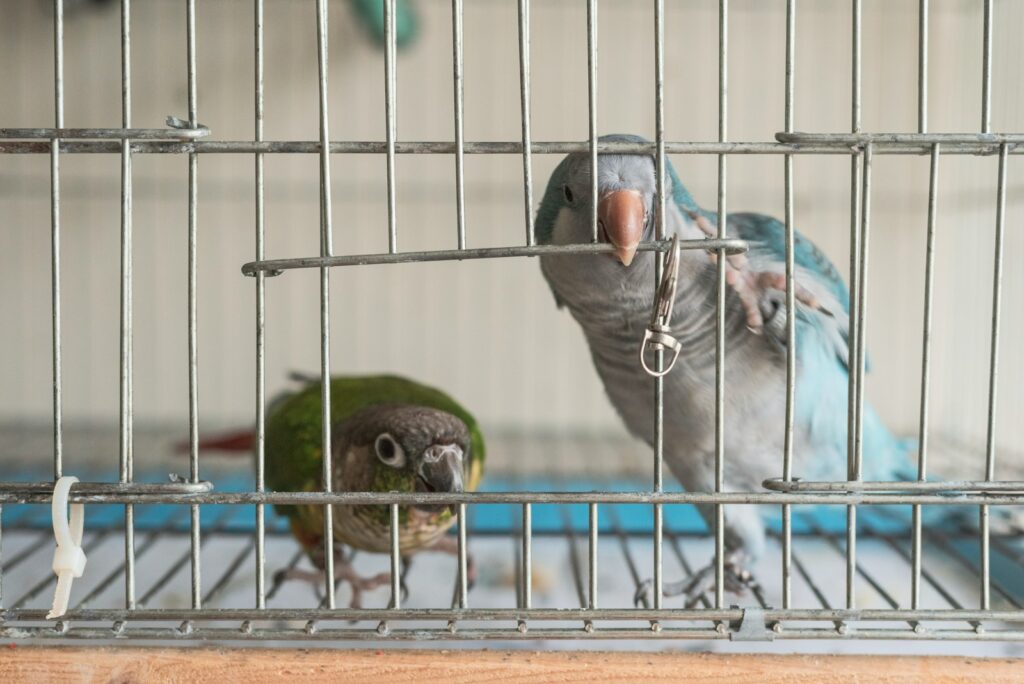
Avian Pox, caused by various strains of Avipoxvirus, manifests in two primary forms: the dry (cutaneous) form characterized by wartlike growths on unfeathered areas like the beak, eyes, and feet, and the wet (diphtheritic) form, which creates cheesy plaques in the mouth, throat, and respiratory tract. The virus typically spreads through mosquito vectors or direct contact with infected birds, making mosquito control and limiting outdoor exposure important preventative measures in endemic areas. The disease primarily affects canaries, finches, and Amazon parrots, though most avian species show some degree of susceptibility. Prevention centers around effective insect control measures in outdoor aviaries, including proper screening, elimination of standing water, and strategic use of bird-safe repellents in the surrounding environment. While no specific treatment exists for the viral infection itself, supportive care, including wound management, nutritional support, and addressing secondary bacterial infection,s can help affected birds recover from mild cases. Vaccination is available for certain species in areas where the disease is prevalent, particularly for valuable breeding birds or exhibition collections.
Comprehensive Preventative Healthcare Program
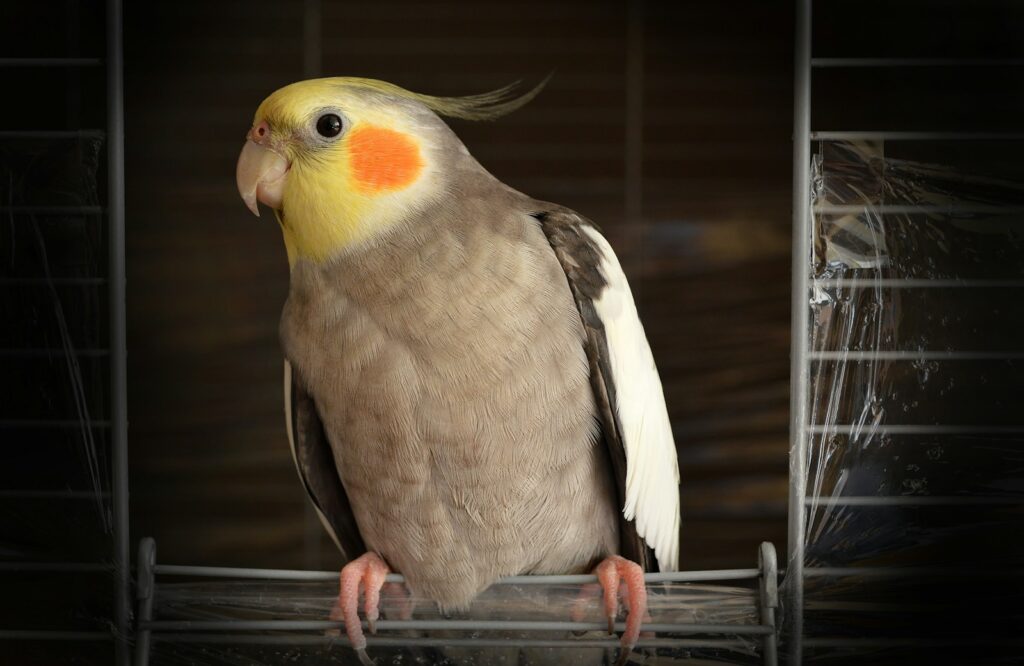
Establishing a comprehensive preventative healthcare program represents the most effective approach to protecting exotic birds from the multitude of potential diseases they may encounter in captivity. This proactive strategy begins with selecting birds from reputable sources that maintain transparent health records and implement rigorous disease testing protocols before sale. Regular veterinary examinations, ideally conducted semi-annually by an avian specialist, should include physical assessment, weight monitoring, and baseline laboratory diagnostics to detect subtle health changes before clinical disease develops. Environmental management plays a crucial role in disease prevention, including maintaining appropriate temperature and humidity ranges for each species, ensuring adequate ventilation without drafts, implementing proper light cycles with UVB exposure, and establishing consistent cleaning protocols using bird-safe disinfectants. Nutrition forms another cornerstone of preventative health, with species-appropriate diets formulated to meet all nutritional requirements while avoiding excessive fat content common in seed-heavy feeding regimens. Finally, mental well-being contributes significantly to physical health, necessitating appropriate social interaction, environmental enrichment, and naturalistic opportunities for foraging, climbing, and other species-typical behaviors that reduce stress and support immune function.
Conclusion
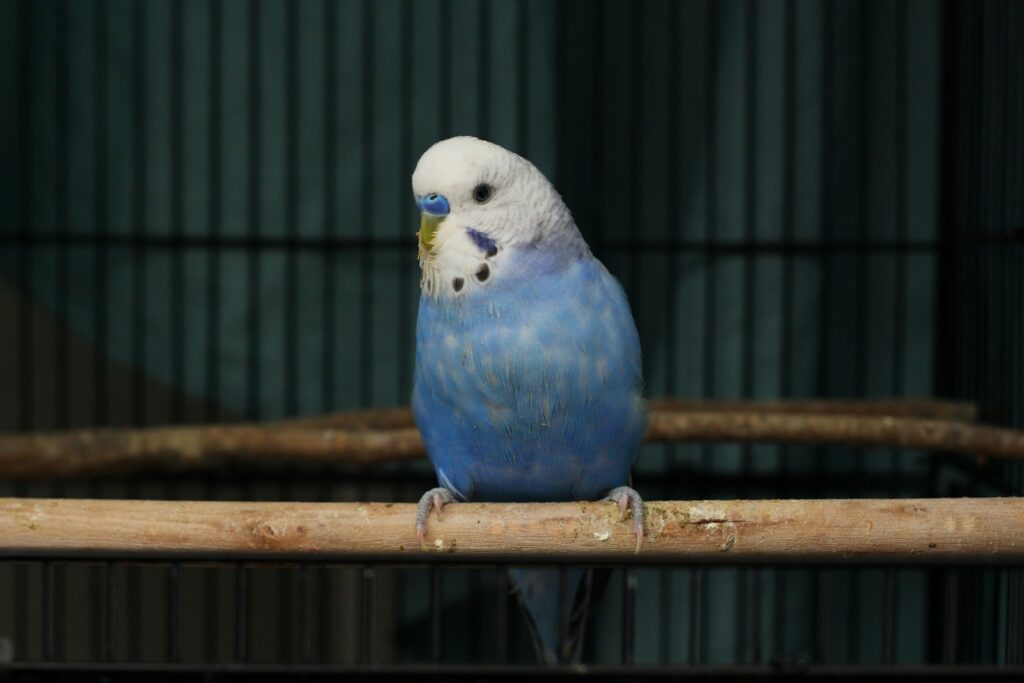
The exotic birds that grace our homes with their beauty and companionship deserve the most diligent healthcare we can provide. By understanding the common diseases that threaten their well-being and implementing proper preventative measures, bird owners can significantly reduce their pets’ risk of illness. Regular veterinary care, optimal nutrition, proper hygiene, quarantine procedures, and stress reduction form the foundation of avian disease prevention. While the information provided offers a comprehensive overview, each bird species has unique health considerations, making collaboration with an avian veterinarian essential for developing tailored preventative strategies. With knowledge, vigilance, and proper care, we can help ensure our feathered companions enjoy the longest, healthiest lives possible.



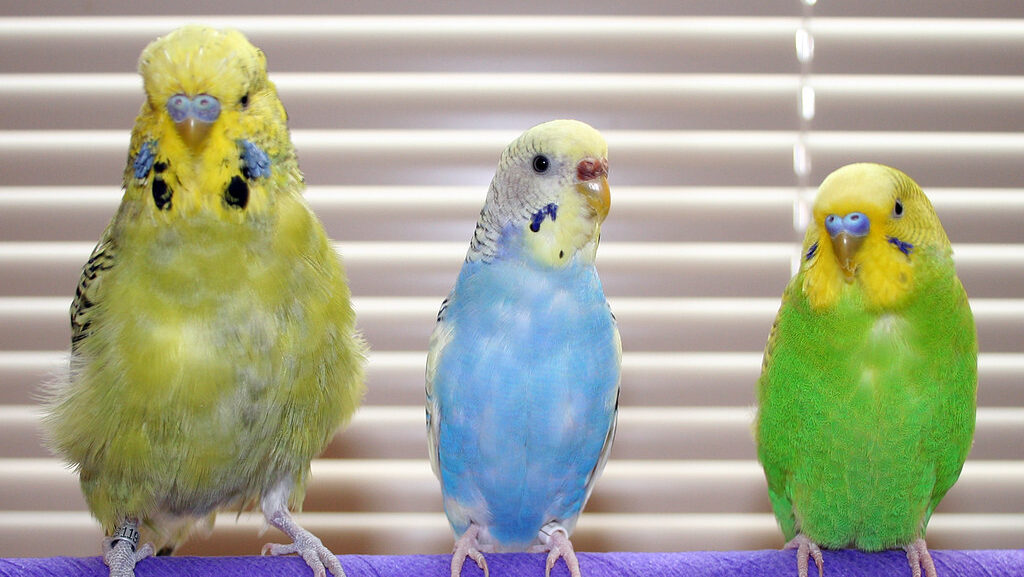

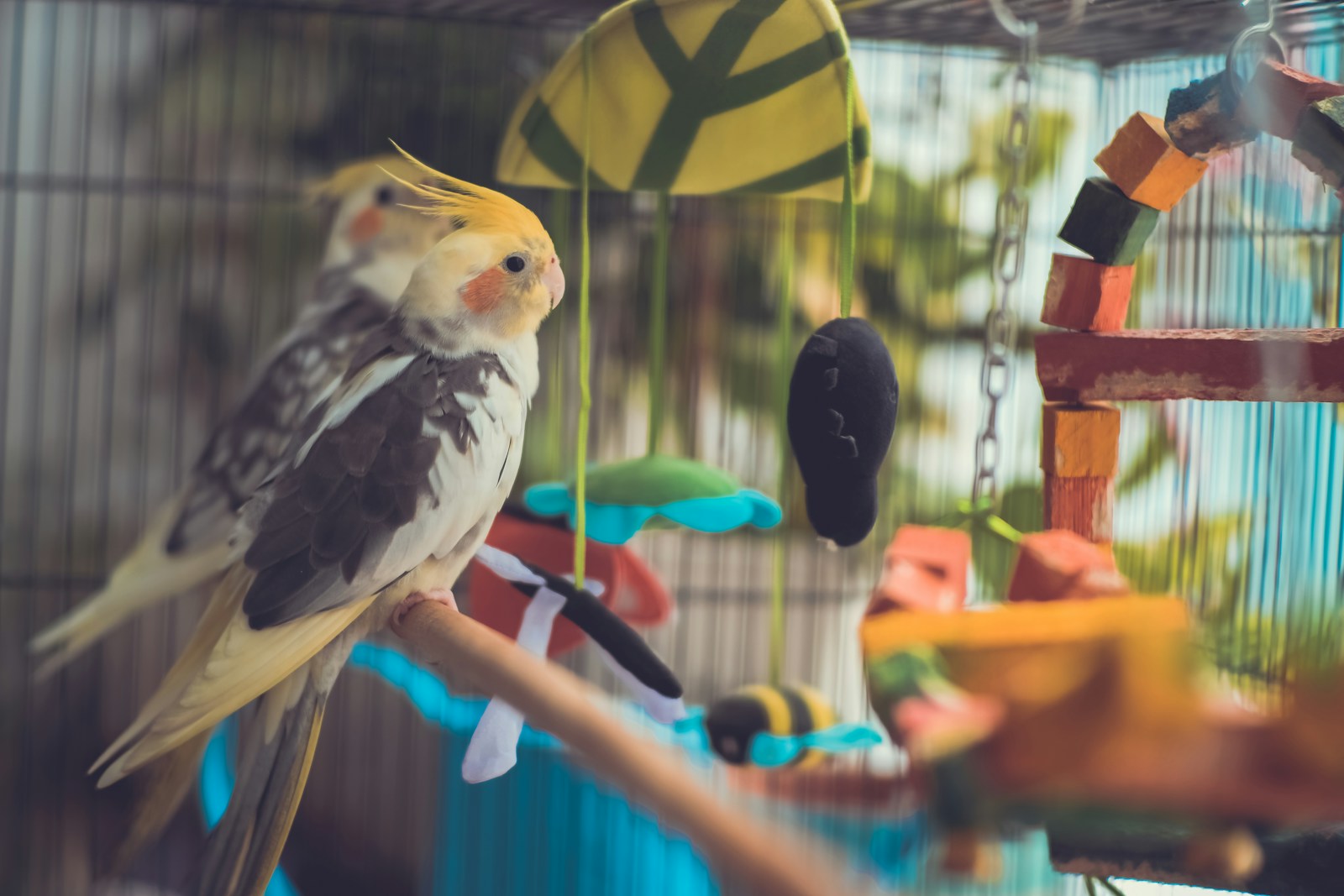
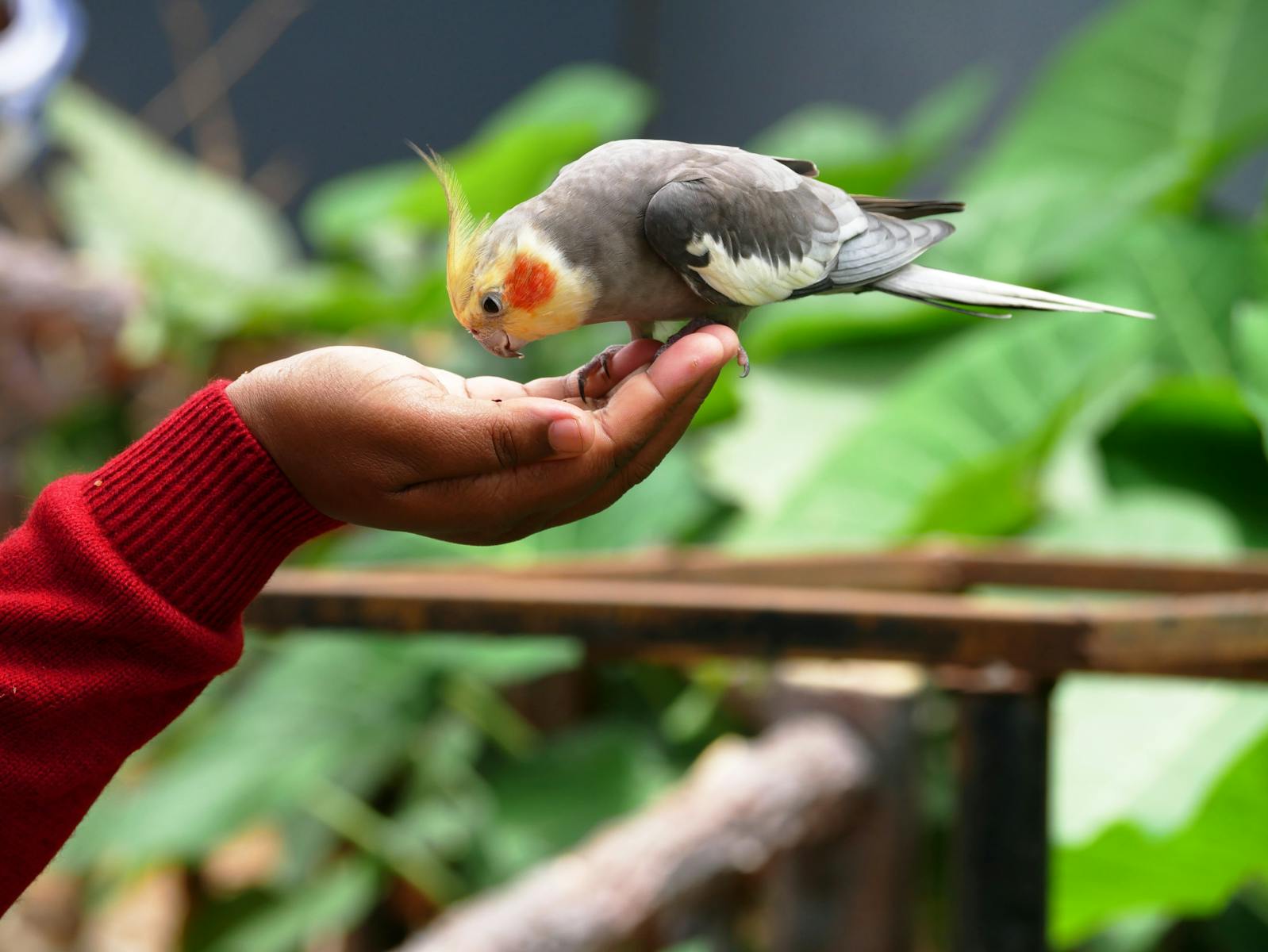
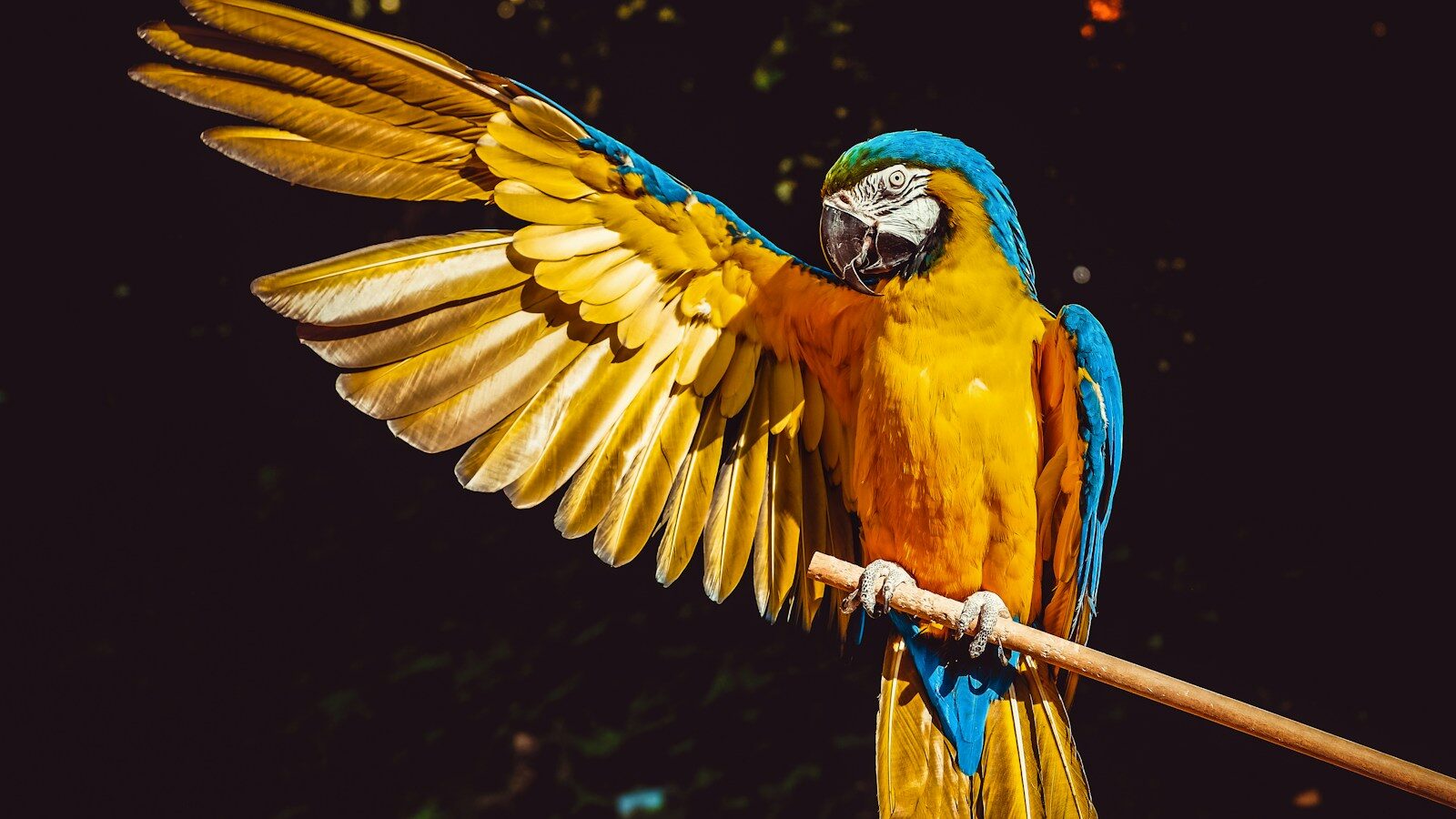

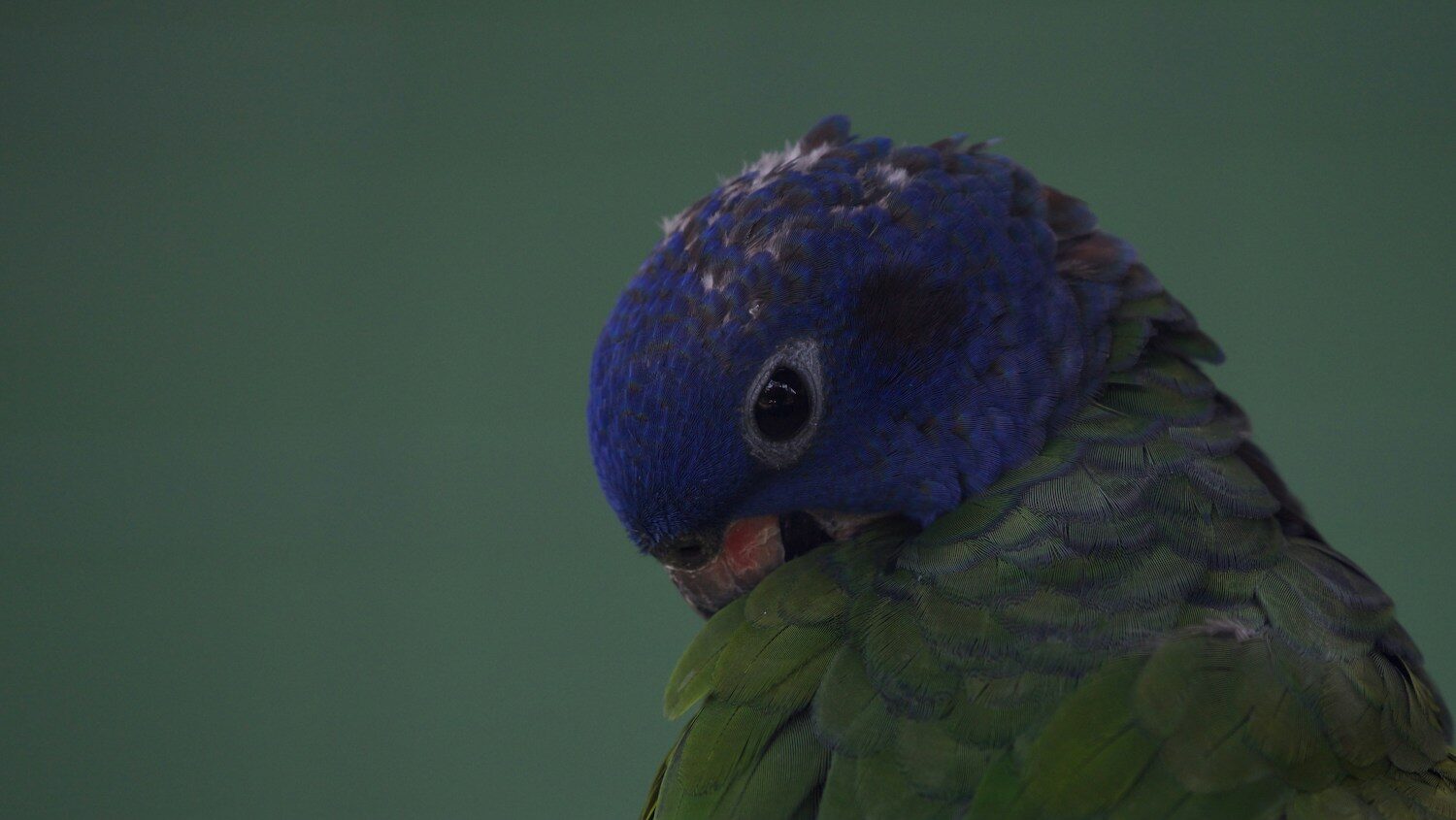

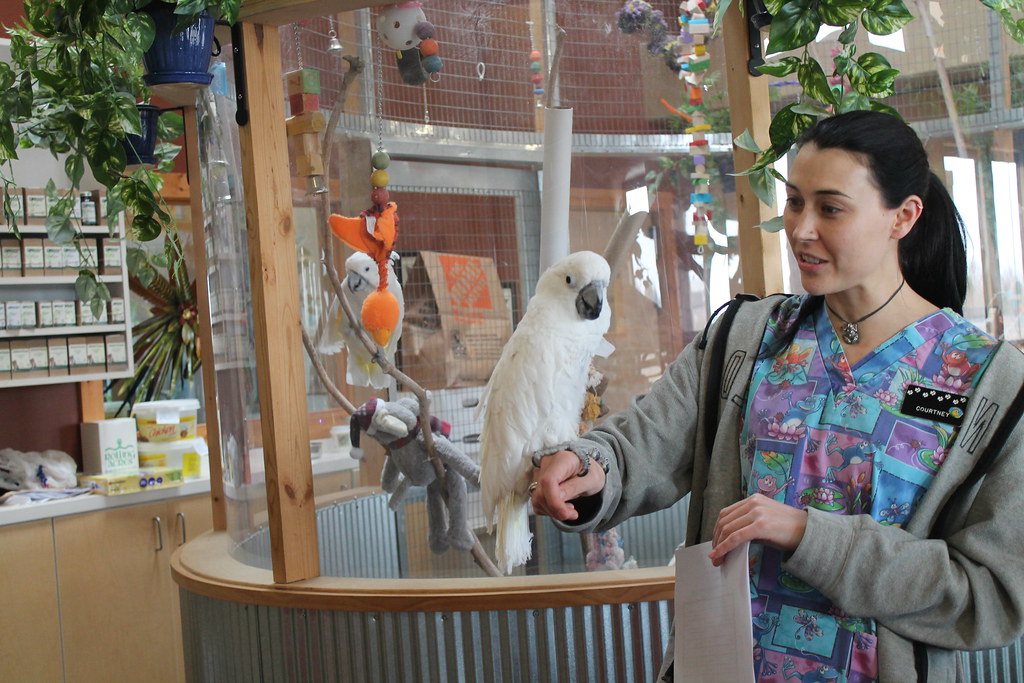




Leave a Reply